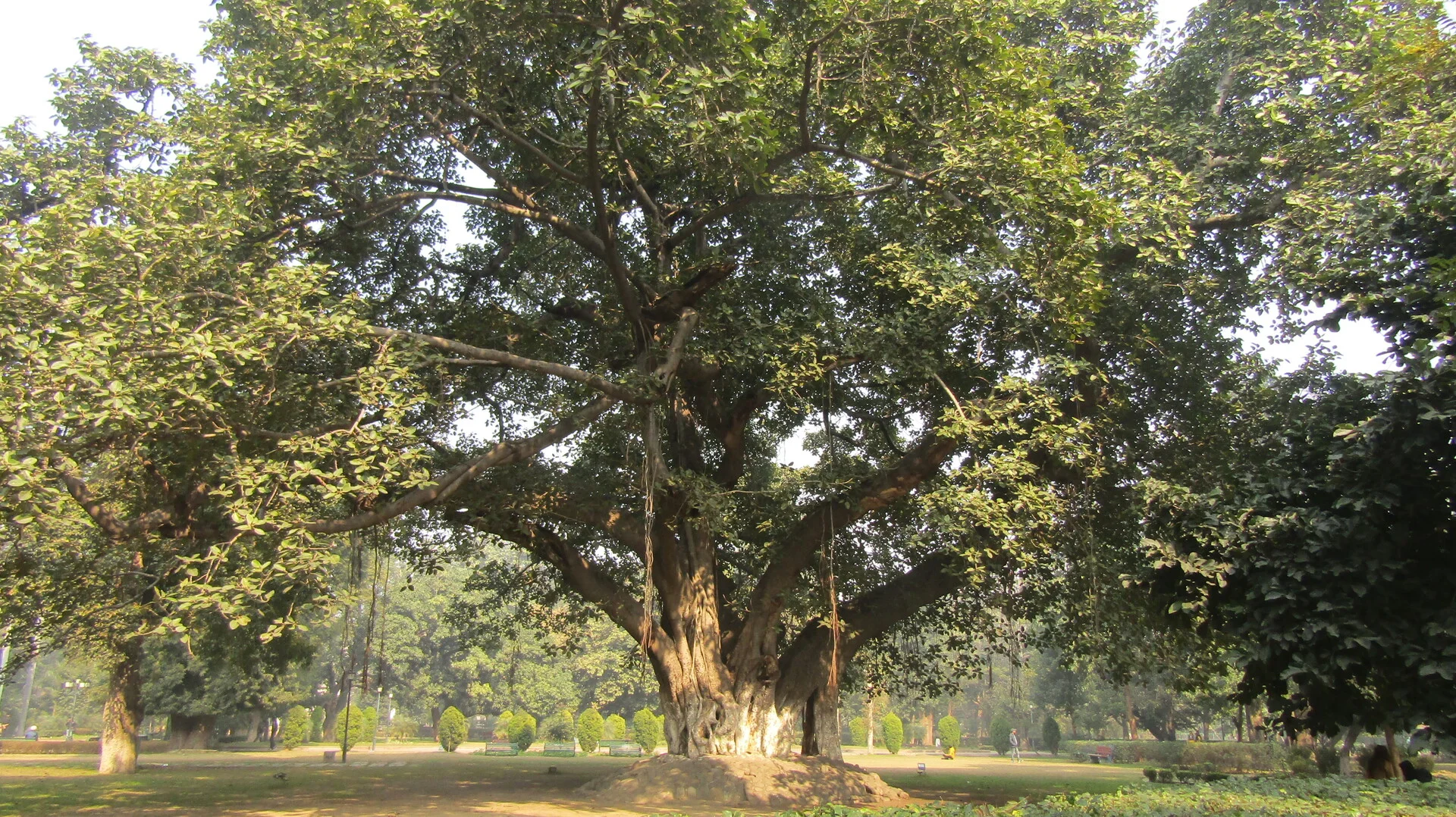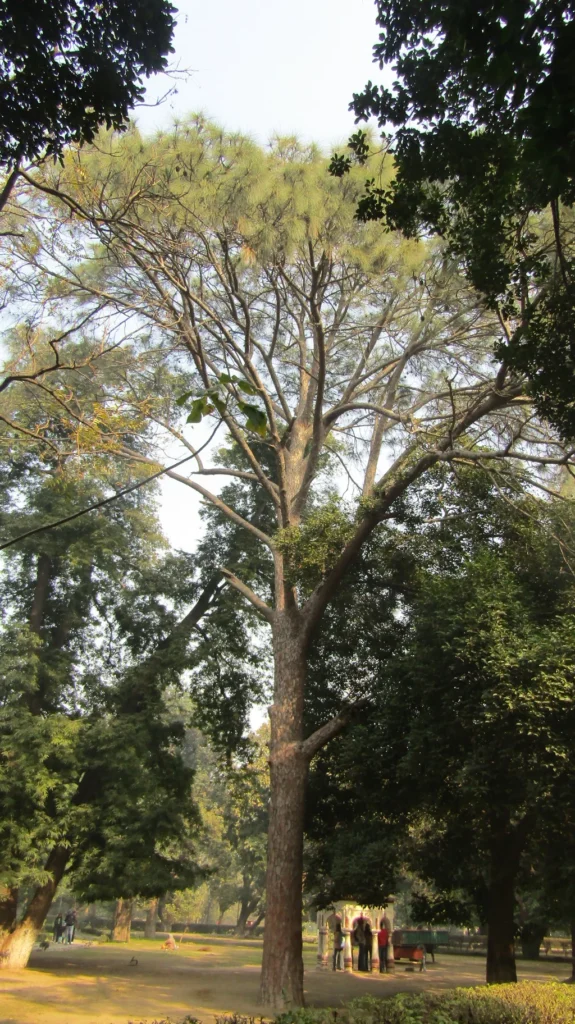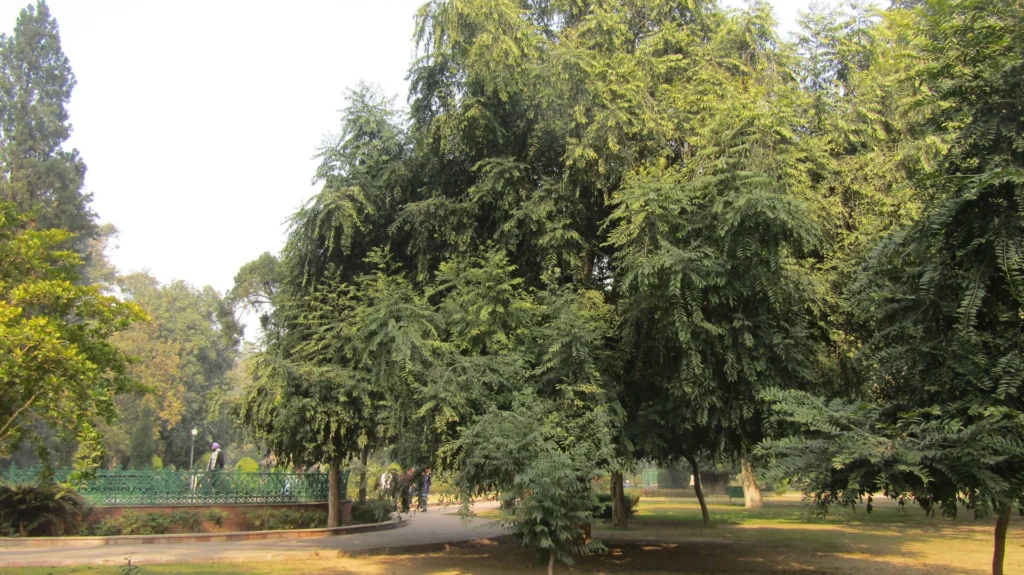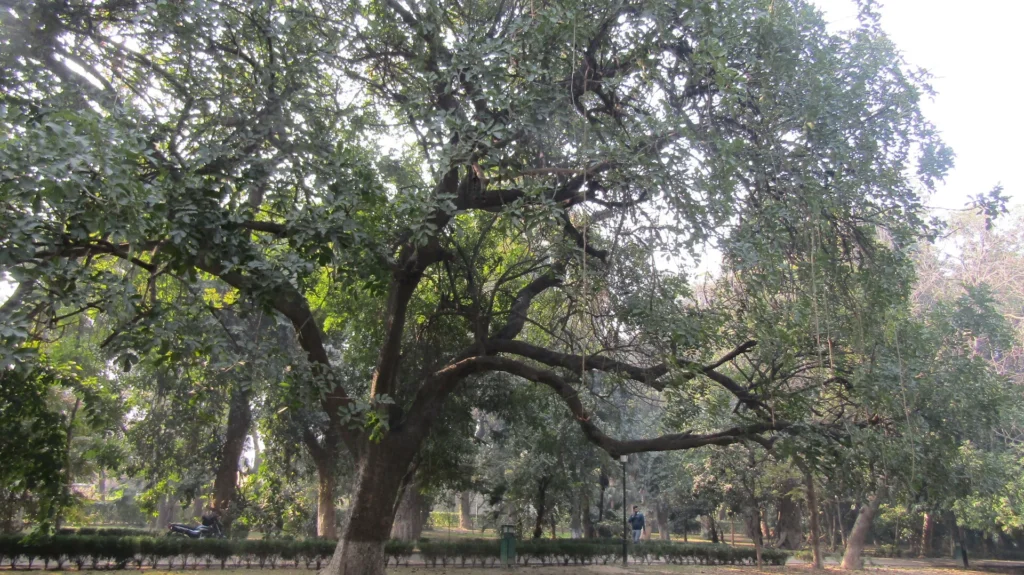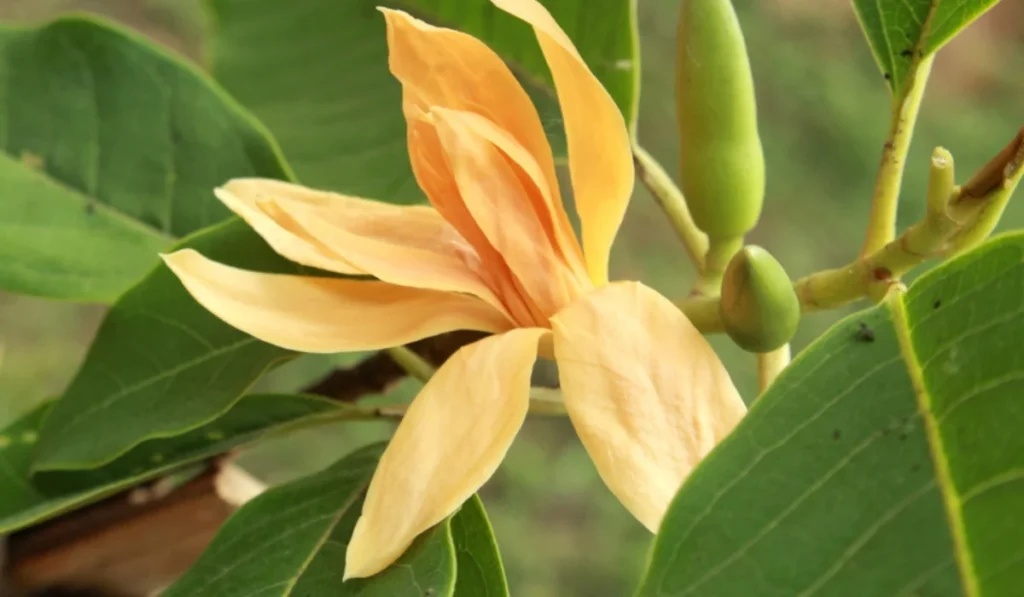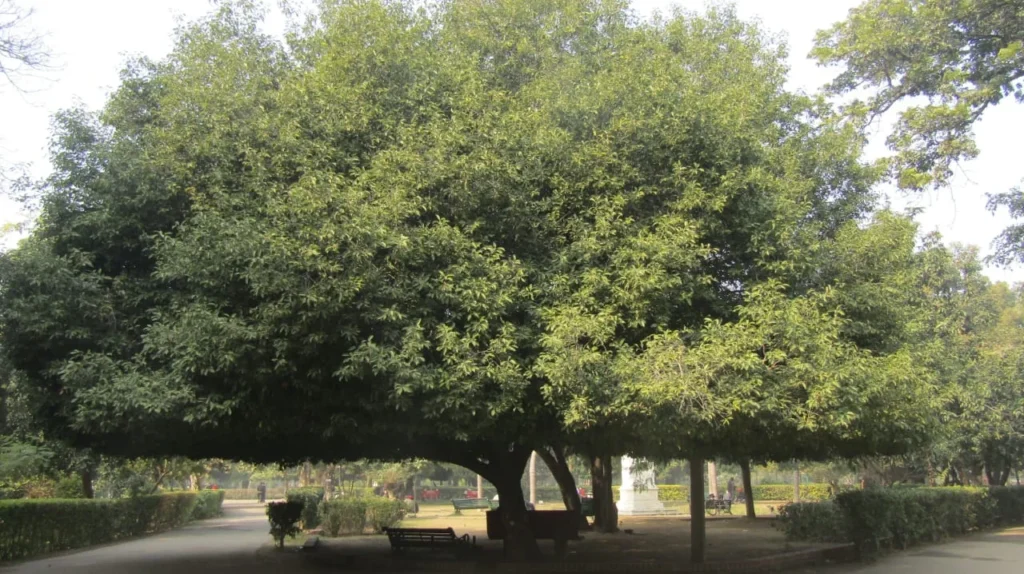Ficus benghalensis, or Ficus indica commonly known as the banyan, banyan fig and Indian banyan, is a tree native to the Indian Subcontinent. Specimens in India are among the largest trees in the world by canopy coverage. It is also known as the “strangler fig”. The Banyan Tree/Barota present in the Baradari Gardens is estimated to be around 150 years.
- Kingdom: Plantae
- Characteristic feature :Tracheophytes
- Type of seeds : Angiosperms
- Order: Rosales
- Family: Moraceae
- Genus: Ficus
- Subgenus: F. Urostigma
- Species: F. benghalensis
The Ficus benghalensis, commonly known as the banyan tree, boasts several botanical features that contribute to its distinctive character. Renowned for its imposing size, the banyan tree can reach heights of up to 30 meters or more, showcasing a wide and spreading crown that creates a vast canopy. Its elliptical, glossy, and dark green leaves are arranged alternately along the branches, adding to its visual allure. A unique trait of the banyan tree is the development of aerial roots, descending from branches to take root upon reaching the ground, forming additional trunks. These aerial roots not only provide structural support but also play a crucial role in the tree’s distinctive growth pattern. Reproducing through small figs enclosed in a fleshy receptacle called a syconium, the banyan tree involves birds in its reproductive cycle as they aid in seed dispersal. Indigenous to the Indian subcontinent, the banyan tree thrives in tropical and subtropical climates, adapting to various environmental conditions. Its extensive and intricate root system, with aerial roots forming new trunks upon grounding, contributes to the tree’s stability and resilience, making it a remarkable presence in lowland areas, along riverbanks, and in coastal regions worldwide.
The Indian banyan tree with the unique figs known as syconia are also considered as its fruits. These small, inverted flowers are enclosed within a fleshy receptacle is an edible form of fruit. While not typically consumed as a conventional fruit, the syconia contribute to the banyan tree’s ecological significance and are integral to its life cycle.
Day-to-Day Uses of Banyan Tree
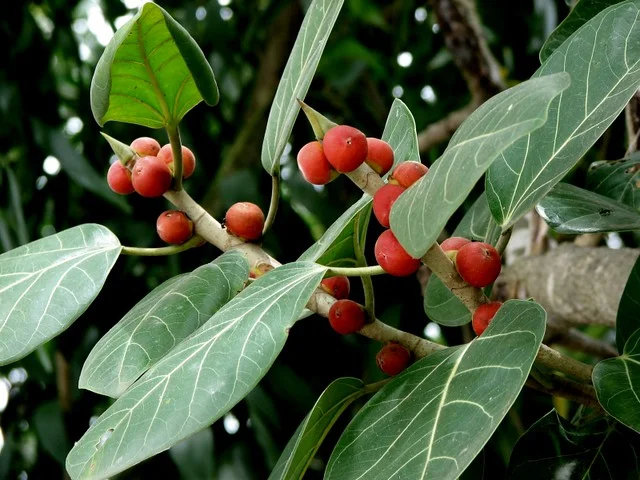
Banyan trees serve a multitude of purposes, making them not just botanical wonders but integral components of various aspects of human and environmental interaction. Planted widely for their expansive canopy, these trees offer much-needed shade in hot climates and are cherished for their aesthetic appeal in landscaping endeavors. Beyond their physical attributes, banyan trees hold significant religious and cultural value, often considered sacred and utilized as spaces for worship or meditation in numerous cultures. Functioning as nature’s air purifiers, these trees contribute to the environment by absorbing pollutants and releasing oxygen during photosynthesis. Their extensive root systems also make them effective in preventing soil erosion along riverbanks and coastal areas, providing stability to the terrain. Additionally, the banyan tree finds applications in traditional medicine, with various parts used for their potential therapeutic properties. The leaves serve as fodder for livestock, contributing to animal nutrition, while the large branches offer habitats for diverse wildlife, promoting biodiversity. Banyan trees, with their symbolic significance of longevity and interconnectedness, also become venues for cultural gatherings and events, fostering community engagement beneath their expansive canopies. Lastly, while not a primary source, the wood of the banyan tree finds use in small-scale applications, such as carving and handicrafts, adding yet another layer to its multifaceted role in human culture and the environment.

